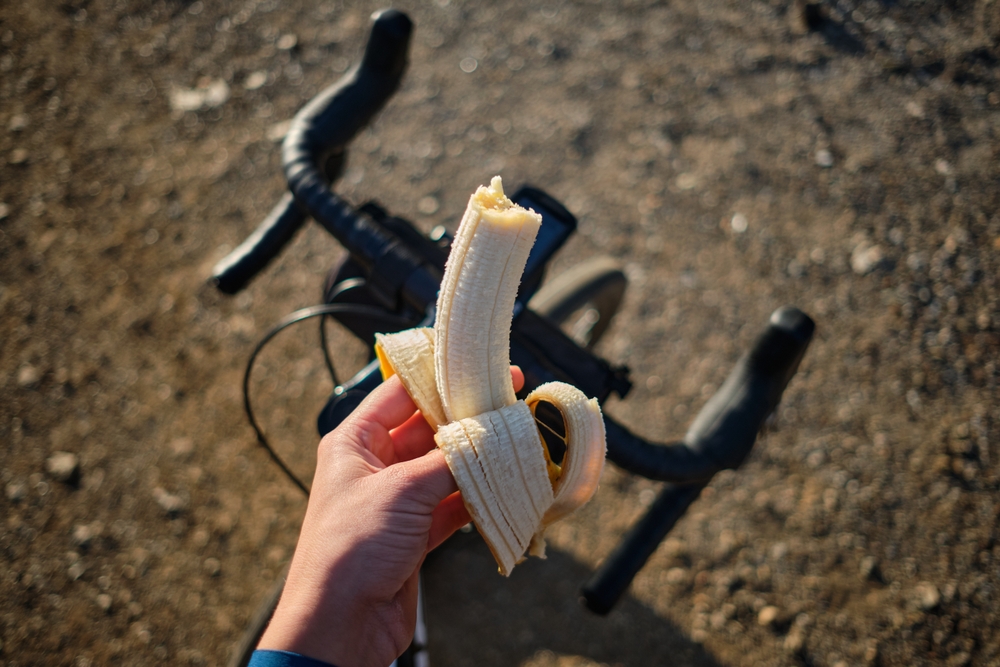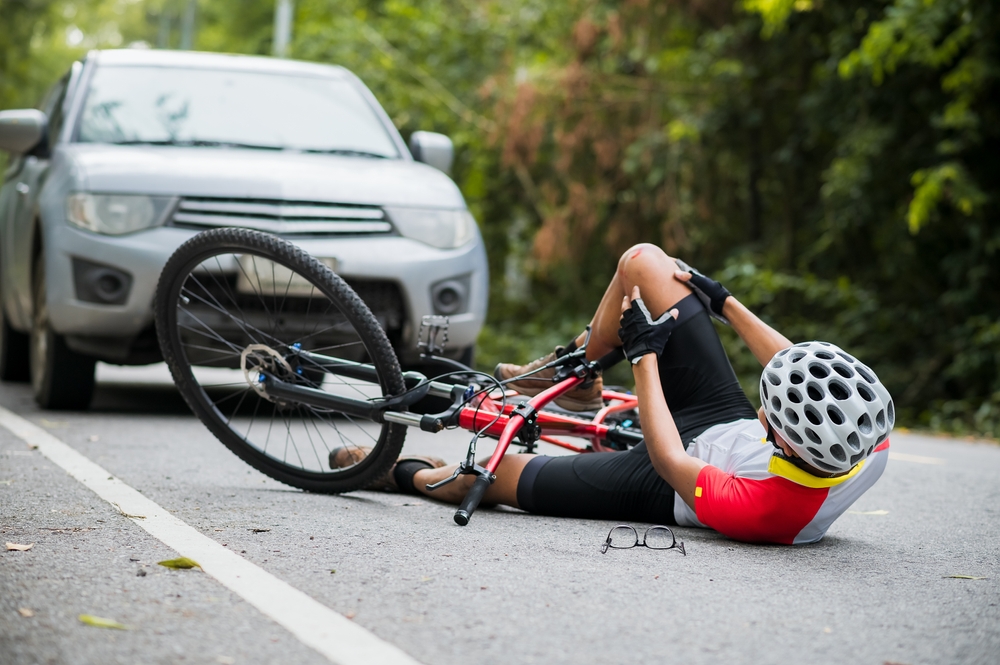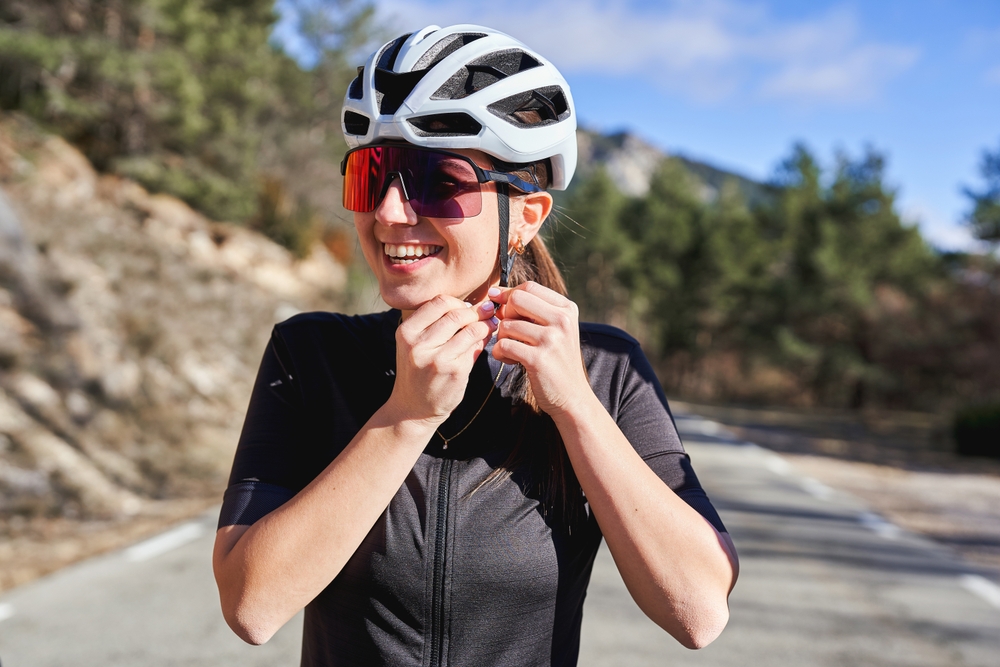When cycling in the winter it’s important to be aware of the dangers that can affect you, including poor weather conditions, lower temperatures, and lower light levels. As we head into the colder months of the year, it’s important to be prepared when out on the roads during harsher conditions.
Regardless of whether you’re an amateur or experienced cyclist, following these basic safety procedures will provide you with the first layer of protection against being involved in an accident while cycling in the winter. If you’re looking for more information and ideas for staying safe on the roads, you can read more on our website.
Get the right gear
Because of harsher conditions, it’s more important than ever to get the proper safety equipment for when you’re cycling in the winter.
Whilst there’s no legal obligation, you should always be sure to ride with a helmet with the code EN1078 on the label inside of it. This means that it’s sturdy enough to completely protect your head in the unfortunate event of an accident.
You should also invest in some warm clothes that keep you comfortable whilst you’re out, without the hazard of getting in the way. Big coats and scarfs that can potentially get caught in the chain are a no-go
Check your tyres
Regardless of the time of year, it’s always a good practice to check your tires before you go out cycling. This is even more important in the winter. A quick check over both wheels for sufficient pressure and tread can be all the difference, so be sure to make it a habit.
As well as this, winter tires are also a good idea to look into. Whilst they cost more, they are designed specifically to perform well in harsh weather conditions and last much longer than conventional tires when cycling in winter.
Take precautions
Regardless of any safety measures you take, it’s important to recognise that cycling in winter can be dangerous. Because of this it’s a good idea to judge each day individually, and on particularly bad days if you’re commuting taking alternative forms of transport to work instead.
As well as this, if you’re winter cycling in particularly bad weather, don’t be afraid to slow down or take alternative routes to lower the chances of you being injured.
Be bright
As well as the unpredictable weather, with the winter comes darker nights at earlier times. Because of this, if you’re planning on commuting or winter cycling later in the day it’s important to wear hi-visibility clothing so that you’re easily seen in darker conditions.
In the UK it’s the law to have the lights on your bike turned on when it gets dark, so it’s important that you have them fitted correctly and in the right places. You should also be making sure that your reflectors are working well too, as this will give you maximum visibility when winter cycling in the dark.
When you’re not visible by other road users, you’re much more likely to be involved in a cycle accident, so stay bright!
What to do if you’re in an accident
Unfortunately accidents do happen, and that’s why we’re here to help. If you’ve found yourself being involved in a bike accident, it’s important that you get yourself checked out by a medical professional before doing anything else. This way you’ll have a complete understanding of all (if any) injuries you may have following your accident. It’s also a good idea to take pictures of the scene of the accident, and if any third parties are involved, taking contact and insurance details is important too.
If you’ve followed these steps and you’re ready to start a claim, then you can find out more at Cycle Accident Claims today.








